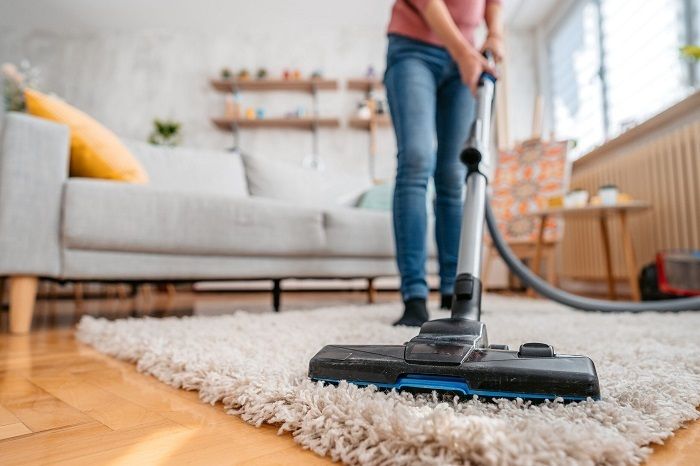How Do Professionals Handle Dust Control and Debris Removal
Every building site becomes a dusty, debris-filled battleground. But who does the cleanup? Experts intervene using certain methods to guarantee that everything is secure and pristine. They use smart techniques to manage dust and properly dispose of garbage rather than just sweeping away dirt. Every stage, from powerful vacuums to sophisticated filtering systems, is meticulously prepared. Particles in the air might pose health and environmental issues if not handled carefully. So, how do experts transform disorder into order?
Dust Containment
Dust travels everywhere; it doesn’t simply settle. Experts capture it using filtering systems, barriers, and negative air pressure. Microscopic dust particles are captured by high-efficiency particulate air (HEPA) filters prior to their circulation. Another method that prevents dust from spreading is water misting, which weights it down. Additionally, plastic sheeting in containment zones prevents particulates from entering clean regions. These techniques shield local households and employees from respiratory problems while preventing air pollution.
The Thorough Cleaning Procedure
Large debris heaps created by construction sites need to be handled carefully. To remove garbage, experts use power sweepers, industrial vacuums, and physical labor. Large material pieces are separated, and powerful machinery is used to eliminate fine particles. Construction cleaning services guarantee that there are no drywall fragments, metal, or wood remnants on the site. Workers use protective gear to prevent dust inhalation since safety is always a top concern. Eco-friendly dumping and recycling practices maintain the process.
How Experts Maintain Clean Air
Dealing with dust raises serious concerns about indoor air quality. Air scrubbers are used by professionals to remove dangerous pollutants from confined areas. To avoid dust accumulation in air ducts, ventilation systems are cleaned and maintained. Dust control sprays are used to prevent pollutants from flying into the air in high-risk regions. Using air quality monitors for regular monitoring guarantees that dangerous particles stay at acceptable levels. Both employees and residents may breathe fresh air thanks to these measures.
Taking on Hidden Dust in Difficult Situations
Some dust settles in unexpected places. Experts focus on high surfaces, light fixtures, and vents where dust builds up over time. Wiping down walls, ceilings, and often missed nooks is part of detailed work. To prevent dust from contaminating food areas, cleaning services kitchen personnel adhere to the same level of perfection. Tight spaces are reached by specialized vacuums with attachments, which clear trash from obscure places. The area is totally dust-free since no surface is left untouchable.
The Last Touch
After clearing all dirt, experts concentrate on thorough cleaning. For a spotless finish, surfaces are cleaned, polished, and disinfected. Mopping and waxing floors bring back their luster and get rid of any last bits of dust. To remove smudges from flying debris, windows are cleaned. In the final cleaning, every little detail counts to make sure the area is not only dust-free but also aesthetically pleasing. The aim is to leave a pristine, odorless, and usable environment.
Conclusion
It takes more than just a broom and dustpan to remove debris and regulate dust. To maintain areas safe and hygienic, experts use sophisticated techniques, industrial tools, and meticulous planning. Dust and trash might produce long-term problems if they are not skilled. Their methods guarantee that every square inch is pristine, improving the efficiency and wellness of surroundings.
